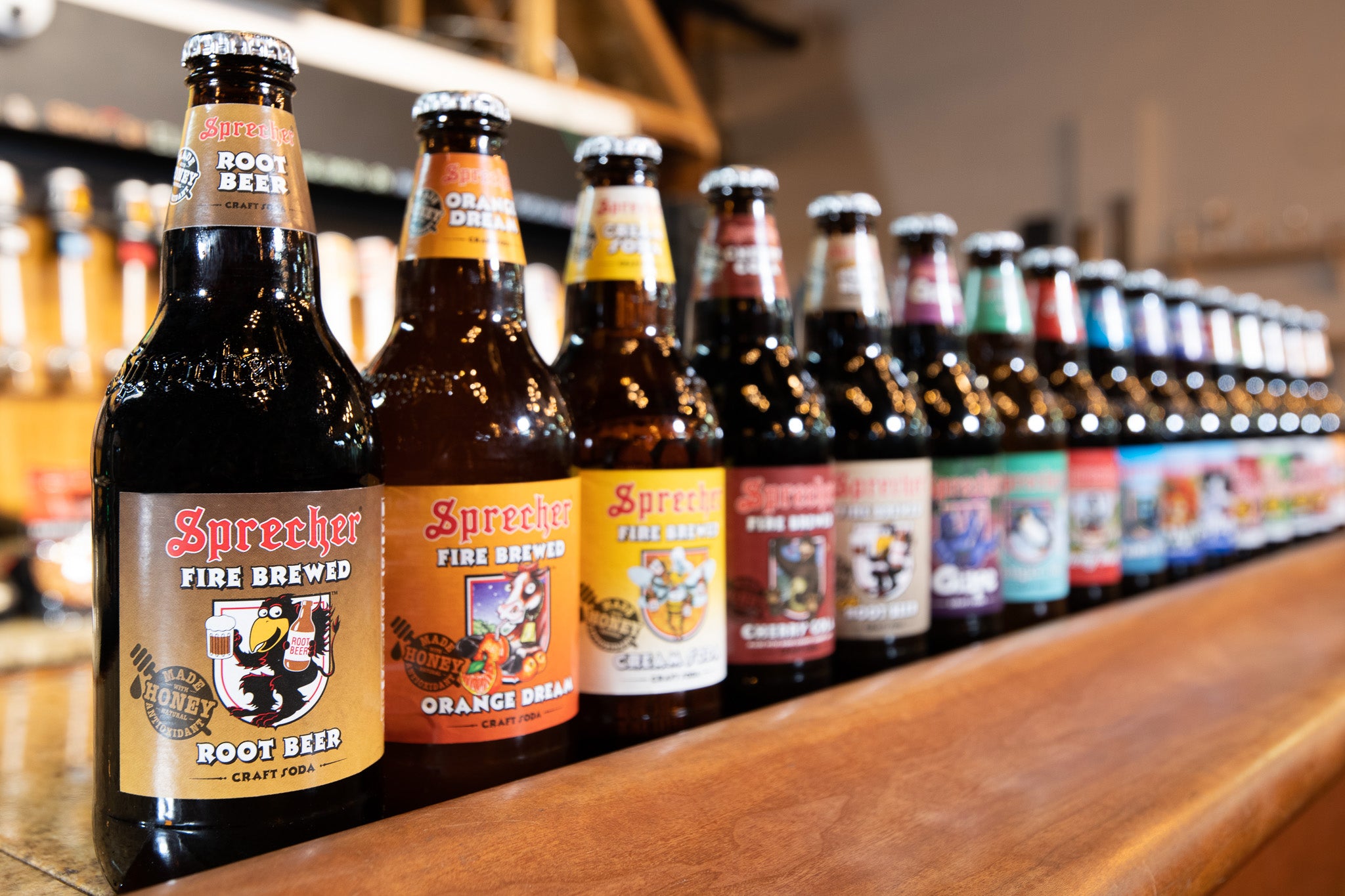Grasping the Craft of Distillation: a Deep Dive Into Distillery Traditions
Discovering the elaborate art of purification reveals a globe soaked in classic traditions that have actually formed the spirits we enjoy today. From the old beginnings of purification techniques to the modern-day development of distillery equipment, each action in the procedure carries with it an abundant tapestry of background and proficiency. As we explore the delicate equilibrium of modern-day versus conventional distilling techniques and reveal the significance of key active ingredients, a much deeper understanding arises of the profound impact distillery customs carry the spirits we relish.
Beginnings of Distillation Techniques
The growth of purification techniques has a rich history that traces back to old people. The principle of dividing components based on their different boiling points laid the structure for the sophisticated distillation processes we have today.
The earliest proof of distillation go back to around 3000 BC in Mesopotamia, where clay pots were utilized to boil down perfumes and fragrant oils. The Egyptians even more progressed these strategies, utilizing purification for embalming methods and medical purposes. The Greeks, especially figures like Aristotle and Hippocrates, added to the theoretical understanding of distillation.
Over time, distillation spread to regions like India, China, and the Center East, each culture adding its one-of-a-kind touch to the craft. The advancement of purification methods continued with the Center Ages and the Renaissance, eventually leading to the varied array of distillation processes utilized in contemporary distilleries worldwide.
Evolution of Distillery Equipment
:max_bytes(150000):strip_icc()/LQR_Edit-JapaneseBeers_Facebook-1200x628-2e333b912b254fe1bb2fe9c5987dc1cd.jpg)
With advancements in modern technology and a deeper understanding of the purification process, contemporary distilleries now use a selection of innovative devices to generate spirits of the finest quality. Today, distillation equipment consists of column stills, reflux stills, and hybrid stills, each created to deal with details purification needs. These modern-day stills offer far better temperature level law, increased purification precision, and greater effectiveness in dividing alcohol from impurities.
Along with stills, distilleries now use advanced condensers, fermenters, and filtration systems to additional refine the extract. The evolution of distillery devices remains to play a crucial role in forming the diverse series of spirits available out there today.
Typical Vs. Modern Distilling Practices
Alternatively, contemporary distilling methods utilize sophisticated innovation and development to improve manufacturing procedures and boost consistency. Automated systems, computerized controls, and modern equipment allow modern-day distilleries to create spirits extra effectively and with greater precision.
While traditional distilling methods are valued for their heritage and the distinct flavors they create, contemporary methods supply advantages in terms of scalability, top quality control, and sustainability. By integrating scientific advancements and modern-day design, distillers can enhance manufacturing, lower waste, and fulfill the demands these days's market better. Ultimately, the selection between standard and modern-day distilling practices usually depends on the distillery's goals, values, and target audience.
Trick Active Ingredients in Distillation Process
Within the craft of purification, the choice of crucial ingredients plays a vital role in identifying the taste profile and high quality of the spirits generated. The main ingredients utilized in the distillation procedure are generally water, yeast, and a fermentable source such as grains, fruits, or sugarcane.
Water is a basic element as it not just waters down the alcohol content to a tasty degree however also influences the total mouthfeel and texture of the spirit. The top quality and mineral web content of the water made use of go to this website can dramatically impact the end product.
Yeast is another crucial ingredient that converts the sugars present in the fermentable source into alcohol with the procedure of fermentation. Different strains of yeast can create differing aromas and flavors, adding to the unique attributes of the spirit.
Effect of Distillery Traditions on Spirits
The influence of longstanding distillery traditions on spirits expands beyond the choice of vital ingredients, forming the extremely significance and character of the last distilled items (Galveston Whiskey). These customs, passed down via generations, play a crucial function in defining the one-of-a-kind preference profiles and qualities that identify one spirit from an additional
Distillery customs encompass a variety of practices, from the certain strategies made use of in distillation to the selection of aging processes employed. helpful hints For instance, using conventional copper pot stills in whiskey production is believed to pass on specific flavors and attributes that are highly valued by aficionados. The aging of spirits in oak barrels, a practice deeply rooted in distilling customs, adds to the growth of intricate aromas and flavors over time.

Conclusion
From the origins of distillation methods to the contemporary techniques, the impact of distillery customs on spirits is obvious. Distillery customs play a crucial role in shaping the spirits industry and preserving the heritage of distillation techniques.
Throughout the more tips here background of distillation, the devices used in distilleries has actually undergone significant development to enhance efficiency and quality of the distillation procedure.With developments in innovation and a deeper understanding of the distillation process, modern-day distilleries currently utilize a range of sophisticated devices to generate spirits of the highest possible quality. Today, purification devices includes column stills, reflux stills, and crossbreed stills, each developed to provide to details distillation demands. From the origins of distillation strategies to the contemporary methods, the influence of distillery practices on spirits is obvious. Distillery practices play an essential duty in shaping the spirits market and preserving the heritage of distillation practices.